Lifestyle Inflation: What It Means and How to Take Control
Anúncios
Don’t Let Higher Income Lead to Higher Expenses
Earning more money is always something to celebrate. Whether it’s a well-deserved promotion, a new job, or a growing business, increased income opens doors to new opportunities. But it also comes with a hidden trap that catches many people off guard: lifestyle inflation.
This financial phenomenon can quietly erode your ability to save, invest, and build wealth—despite your higher earnings. In this article, we’ll dive deeper into what lifestyle inflation is, why it poses long-term risks, and how you can avoid it while still enjoying the rewards of your financial progress.
What Is Lifestyle Inflation?

Anúncios
Lifestyle inflation, also known as lifestyle creep, is the gradual increase in your spending as your income grows. While it’s natural to want to enjoy a better quality of life, problems arise when higher income leads to excessive or unnecessary expenses that don’t align with long-term financial goals.
Instead of using extra income to build a financial cushion, many people fall into the habit of matching higher earnings with higher spending, leaving little or no room for saving and investing.
Anúncios
Common Examples of Lifestyle Inflation
![]()
-
Upgrading a vehicle: Trading a reliable car for a new luxury model once you get a raise.
-
Moving to a bigger home or apartment: Even if the current space meets your needs, a higher income may tempt you to upgrade.
-
More frequent dining out: Choosing upscale restaurants or ordering takeout more often.
-
Shopping for brand-name items: Higher-end clothes, electronics, or designer accessories.
-
Increasing subscriptions: Adding multiple streaming services, gym memberships, or premium plans.
-
Traveling luxuriously: Opting for expensive vacations and flying first class instead of budget-conscious travel.
Individually, these choices may seem harmless. But together, they can significantly increase your monthly expenses—often without a proportional increase in financial security.
Why Lifestyle Inflation Is a Financial Risk
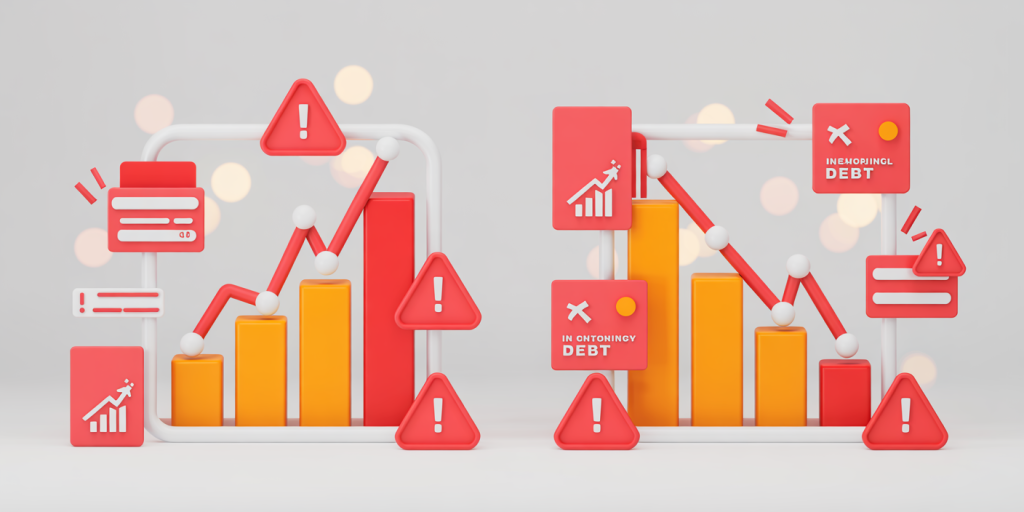
While it might feel like a sign of success, lifestyle inflation can be a quiet threat to your financial well-being. Here’s how it can do more harm than good:
1. Limited Emergency Savings

Higher spending often means there’s less money left to build or maintain an emergency fund. Without a strong financial cushion, you may be vulnerable to unexpected costs such as:
-
Medical emergencies
-
Major home or car repairs
-
Job loss or income reduction
A higher salary doesn’t automatically protect you from financial shocks—but having a well-funded emergency reserve does.
2. Increased Reliance on Debt
![]()
As lifestyle costs rise, some people begin to rely on credit cards or personal loans to maintain appearances or habits they can’t truly afford. Over time, this can result in:
-
High-interest debt
-
Difficulty making monthly payments
-
Long-term financial stress
Debt incurred to support an inflated lifestyle can become a barrier to wealth-building and limit your options down the road.
3. Reduced Investment and Retirement Contributions
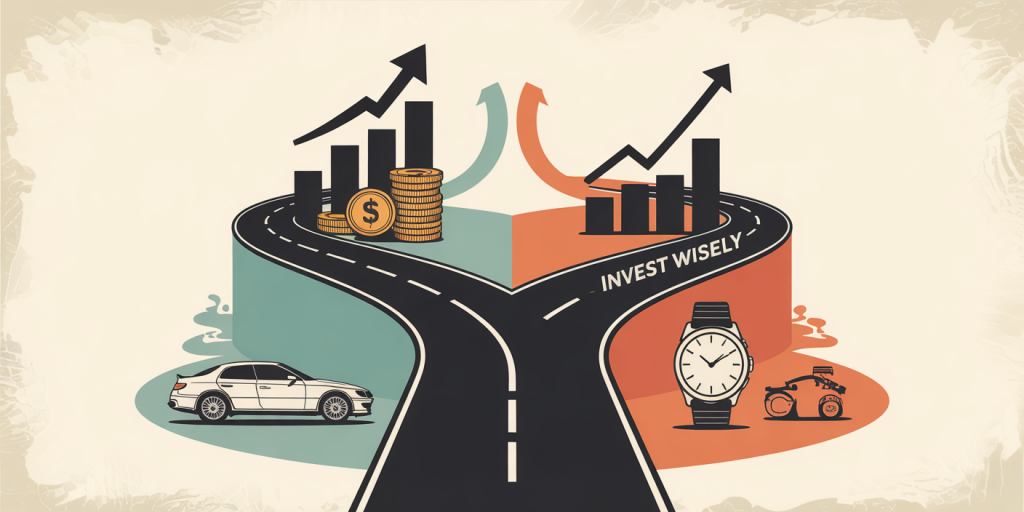
If every extra dollar is spent, there’s little left to invest in your future. This means:
-
Lower 401(k) or IRA contributions
-
Delayed financial independence
-
Missed opportunities for compounding growth
The earlier and more consistently you invest, the more your money can grow. Lifestyle inflation often robs people of this advantage.
4. False Sense of Financial Progress
Buying a bigger house or a new car may feel like success, but these visible signs of wealth can mask underlying instability. Without savings, investments, or a long-term plan, you may find yourself financially fragile despite a high income.
Real wealth is measured not by what you spend, but by what you keep, invest, and grow over time.
How to Protect Yourself from Lifestyle Inflation
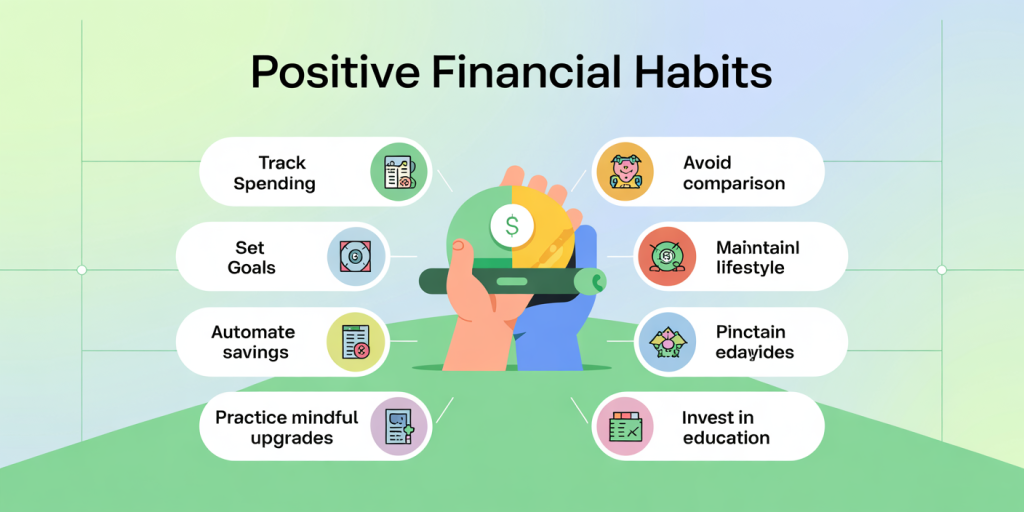
Avoiding lifestyle inflation doesn’t mean depriving yourself or living like you’re broke. It means being intentional with your money and aligning your spending with your values and goals.
Here are practical steps to keep your finances in check as your income grows:
1. Track Your Spending
The first step to avoiding unnecessary expenses is knowing exactly where your money goes. Use apps like:
-
Mint – for real-time tracking and budget categories
-
YNAB (You Need a Budget) – for proactive budgeting
-
Empower (formerly Personal Capital) – for investment and net worth tracking
These tools can help you identify creeping expenses and make informed adjustments. Awareness is the first defense against lifestyle inflation.
2. Set Purposeful Financial Goals
Every extra dollar should have a purpose. Define clear financial priorities such as:
-
Building a 3–6 month emergency fund
-
Paying off credit card or student loan debt
-
Increasing retirement contributions
-
Starting a business or side hustle
-
Investing in stocks, index funds, or real estate
Goals give your money direction—and help you resist the urge to spend just because you can.
3. Avoid Comparisons
Lifestyle inflation is often fueled by the desire to keep up with others. But appearances can be deceiving—what you see on social media or among peers may not reflect true financial health.
Practice financial self-awareness:
-
Ask: “Is this purchase aligned with my goals?”
-
Remind yourself: Your journey is unique. Just because someone else takes frequent luxury trips or buys designer clothes doesn’t mean you need to do the same.
4. Maintain Your Lifestyle After a Raise
One of the most effective wealth-building habits is keeping your lifestyle relatively constant while your income rises.
For example:
-
If your salary increases by 20%, aim to save or invest at least 80% of that increase.
-
Avoid “rewarding” yourself with expensive upgrades. Instead, reward yourself with financial progress—like hitting a new savings milestone or becoming debt-free.
This simple habit can accelerate your wealth in ways flashy purchases never could.
5. Automate Your Savings and Investments
Automation takes discipline out of the equation. As soon as your paycheck hits, set up automatic transfers to:
-
High-yield savings accounts
-
Roth or Traditional IRAs
-
Taxable investment accounts
-
College funds (if applicable)
By automating these steps, you “pay yourself first” and reduce the temptation to spend what’s left.
6. Practice Mindful Upgrades
Wanting nicer things isn’t wrong—but it’s important to be mindful. Ask yourself:
-
Will this purchase genuinely improve my quality of life?
-
Does it align with my financial values?
-
Is it worth delaying my long-term goals?
Instead of defaulting to more expensive options, weigh cost vs. value, and focus on intentional upgrades.
7. Invest in Financial Education
Knowledge is power. The more you understand about money, the easier it becomes to make wise decisions. Some helpful resources include:
-
Books:
-
The Millionaire Next Door by Thomas J. Stanley
-
Your Money or Your Life by Vicki Robin
-
I Will Teach You to Be Rich by Ramit Sethi
-
-
Podcasts:
-
ChooseFI
-
Afford Anything
-
The Dave Ramsey Show
-
-
YouTube channels:
-
Graham Stephan
-
The Financial Diet
-
Minority Mindset
-
Financial literacy is the antidote to lifestyle inflation.
Final Thoughts: Choose Progress Over Appearances
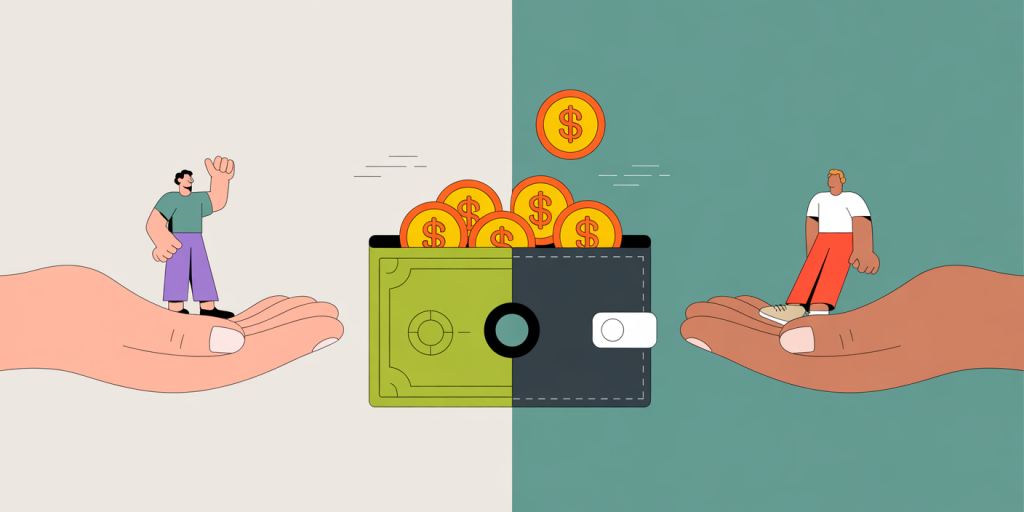
Lifestyle inflation is sneaky. It often disguises itself as well-earned rewards or normal upgrades—but if left unchecked, it can rob you of the financial freedom you’re working so hard to achieve.
The key is intentionality. Higher income gives you more power, but how you use that power determines your financial trajectory.
Celebrate your success—but don’t let it lead to higher expenses that hold you back. Instead:
-
Prioritize saving and investing
-
Set meaningful goals
-
Stay mindful of your habits
By keeping lifestyle inflation in check, you position yourself for lasting wealth, security, and peace of mind.
Your future self will thank you.
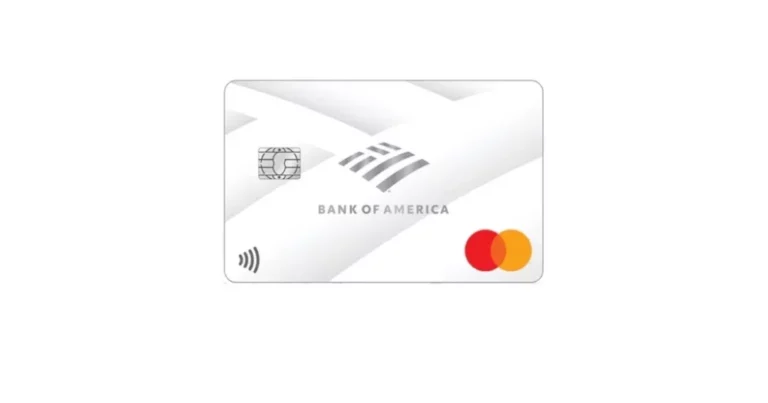
Post Comment